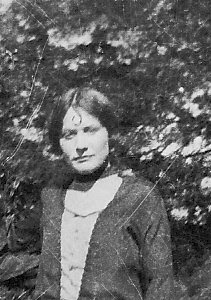
But today, the day before All Souls' Day, I have decided to write the story of Leon Turner as the first in a series that I am calling "Saints and Sinners." When you finish this article, I am certain you will know who fit which category.
I had never heard the story about the ex-convict and moonshiner named Leon Turner and two brothers, Malcolm and Wendell Whitt, until I talked to Ed about his book. I don't think anyone in my family ever mentioned this tragic event instigated by these three Attala County men. The incident was likely too controversial to discuss at the time, or even more likely, it was one that I was just too young to remember. The initial incident that led up to the later murder began as the home invastion and intimidation of a sharecropper, his wife, and his children was instigated by Turner and his two brothers. Because the incident was triggered by bigotry and fueled by "white lightning," the trio would later be called "The Bully Boys" by a national news magazine.
The murders involved the shooting of four residents of Attala County, Thomas Harris and three young children. The shooters were Leon Turner and his two brothers. From the beginning, the murder, the trial, and the subsequent conviction of the three accused men became controversial. It was an interracial incident that occurred at a time of racial uncertainty in Mississippi in particular and in the Deep South, in general. While violent events involving racial incidents were certainly not rare in Mississippi during those tumultous years, the accused were three white men, the victims were a man and three children, and all four victims were black.
News accounts indicate the Mississippi State Legislature publicly disapproved of the actions of Turner and his two brothers and called for a speedy prosecution of the accused, but the incident apparently "split" many of the residents of Attala County. Allegedly, some residents, including the mayor of the town at the time, called for a day honoring the victim and calling for donations for his wife and survivors left in his household. Other residents who supported the accused men began accepting donations of monies for a defense fund.
Ultimately, justice prevailed when the trial ended in a conviction that became the first in the history of the State of Mississippi in which a white man was convicted of murdering a black man.
The story of this unfortunate event was published in Time magazine and can be read at
http://www.time.com/time/magazine/article/0,9171,858555-1,00.html.
























